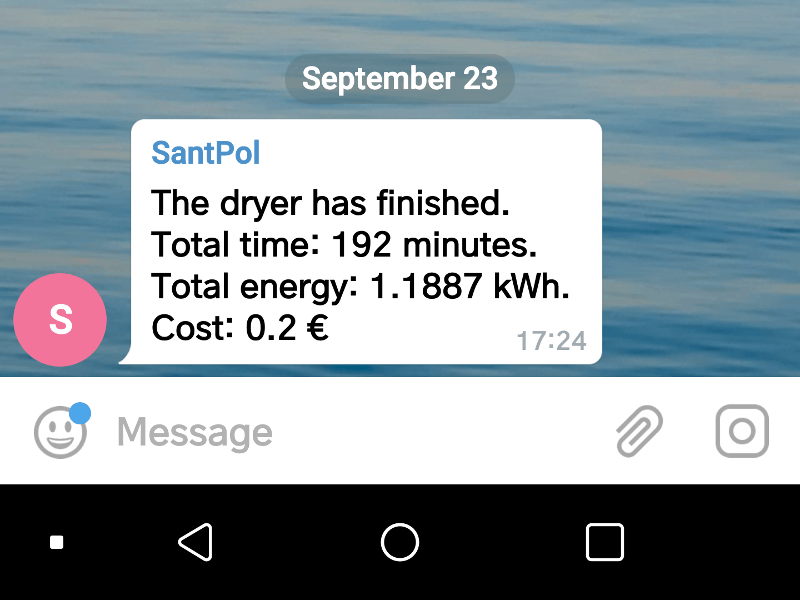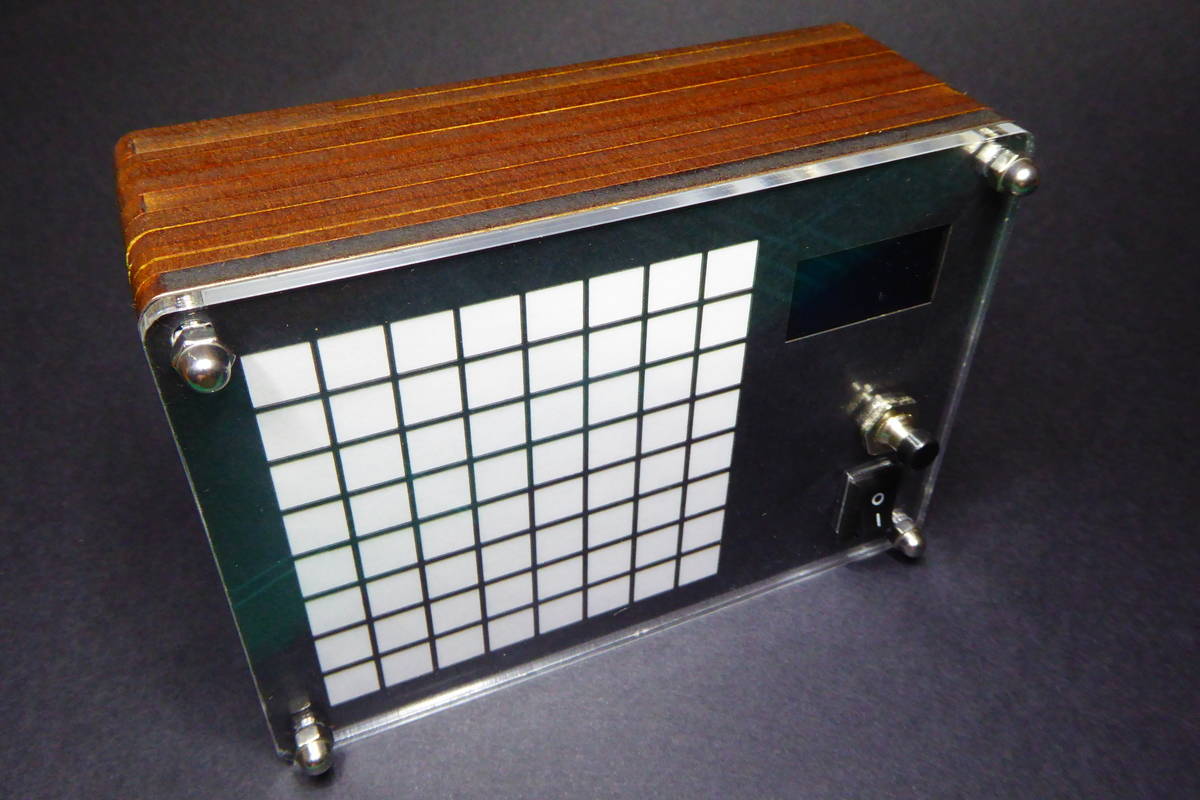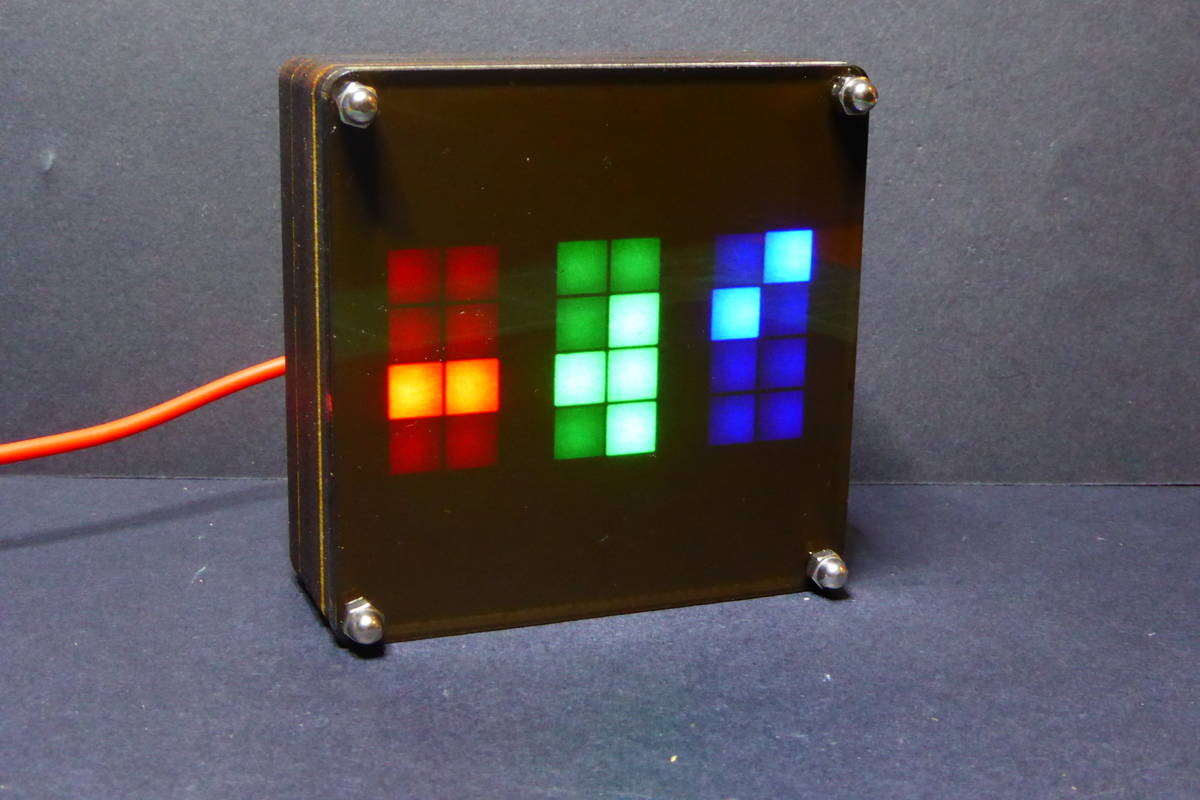
Automated unit testing in the metal
Unit testing your code is peace of mind. It has two main direct benefits that impact on your confidence about the code you are writing:
Testing expected behaviors Avoiding regressions (i.e. breaking something that was working fine before) Unit testing embedded systems is a bit more involved since there is the additional constraint of the hardware itself, sometimes more than one device or even different platforms. Quitting (or not even thinking about it) is the easy answer to the problem....

Useful notifications from your home appliances using Node-RED
Some time ago I worked on a home project to get a notification when my washing machine had done its job based on monitoring its power consumption. There was a good reason for that, the machine was outside the house and I had already forgotten about the laundry several times. And when that happens your only option is to wash it again, because it really smells musty…
Monitoring your appliances Use ESPurna :)...

Grid-eye camera (sliced, of course)
Tindie is a great place to find uncommon electronic components or weird/interesting boards. I use to stroll around it's products to basically see what's new. It's like Kickstarted but for real. One such uncommon and new electronic components is the Panasonic's Grid_EYE AMG88 [datasheet, pdf] infrared sensor. And I first learn about it through Peasky Products breakout board at Tindie.
And if you have been reading me lately you might know I'm going through my own LED fever....

Slices of a clock
There are so many ways to tell the time. DIYers have been doing clocks since the Ancient Egypt (obelisks lacked portability, thou). Every modern maker has a clock amongst her first projects. I have done some myself, including a fibonacci clock, a wordclock with a fancy green matrix effect and an unreleased project that hopefully will see the light someday soon.
But recently I came back to the idea behind the wordclock before, to extend it in different ways:...
![]()
RFM69 WIFI Gateway
Some 3 years ago I started building my own wireless sensor network at home. The technology I used at the moment has proven to be the right choice, mostly because it is flexible and modular.
MQTT is the keystone of the network. The publisher-subscriber pattern gives the flexibility to work on small, replaceable, simple components that can be attached or detached from the network at any moment. Over this time is has gone through some changes, like switching from a series of python daemons to Node-RED to manage persistence, notifications and reporting to several “cloud” services....
![]()
XBee to MQTT gateway
So far I've posted about hardware and theoretical stuff like network architecture or naming conventions. I think it's time to move to the software side.
The core of the sensor network I'm deploying at home is the Mosquitto broker that implements MQTT protocol. It manages the messaging queue, listening to messages posted by publishers and notifying the subscribers.
I've been working in parallel to have at least some pieces in place to get and store information from the pulse counter sensor....





